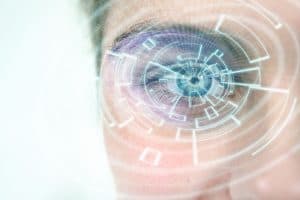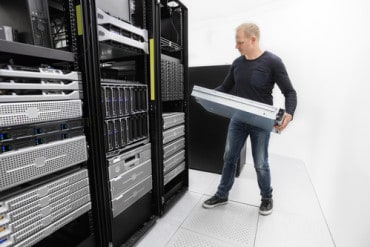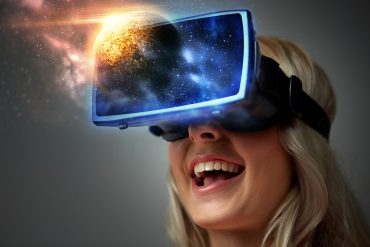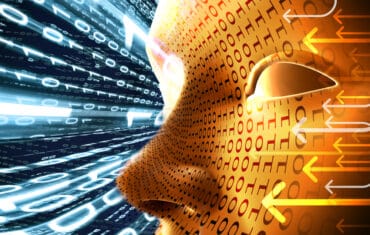
B2B augmented reality (AR) applications for logistics, maintenance, and more can provide new ways to present information to workers.
As consumers slowly trickle back to stores post-pandemic, luxury brands are using the latest advances in augmented reality (AR) to entice both old and new customers. While popups are a time-tested method for retail, augmented reality could offer a fresh take.
AR remixes the retail experience
Augmented reality, once thought to be the realm of video games and the art world, is getting a lot of attention in other industries. Louis Vuitton and Burberry tested out AR elements in recent popups designed to announce a new bag and interact with digital characters introduced during a Spring/Summer 2021 collection.
These experiences could help bring the consumer base back despite a change in shopping habits and a move away from city centers — traditionally the home of luxury brands. It’s also meant to address the gap in the shopping experience, especially the lack of social aspect. Customers once shopped, grabbed coffee, and sat down to talk to friends. With social distancing in place, the experience of casual shopping is missing that element.
What does this mean for business?
Other industries are watching luxury retail’s experiments, hoping to find out if AR can bring an uptick in footfall and, subsequently sales. It’s also a canary in the mine for the concept of popups. Companies may be hesitant to pursue large leases after the global disruption revealed just how tenuous a profit margin could be with such overhead.
Augmented reality could bring extra value to consumers and create must-experience events that can draw out hesitant consumers. And if it succeeds, it could also signal that augmented reality’s benefits are here to stay.
And what about industries far removed from luxury retail? Even B2B applications, such as logistics or supply chain, might learn how to create an experience that differentiates and makes traditionally hesitant adopters more likely to invest.





























